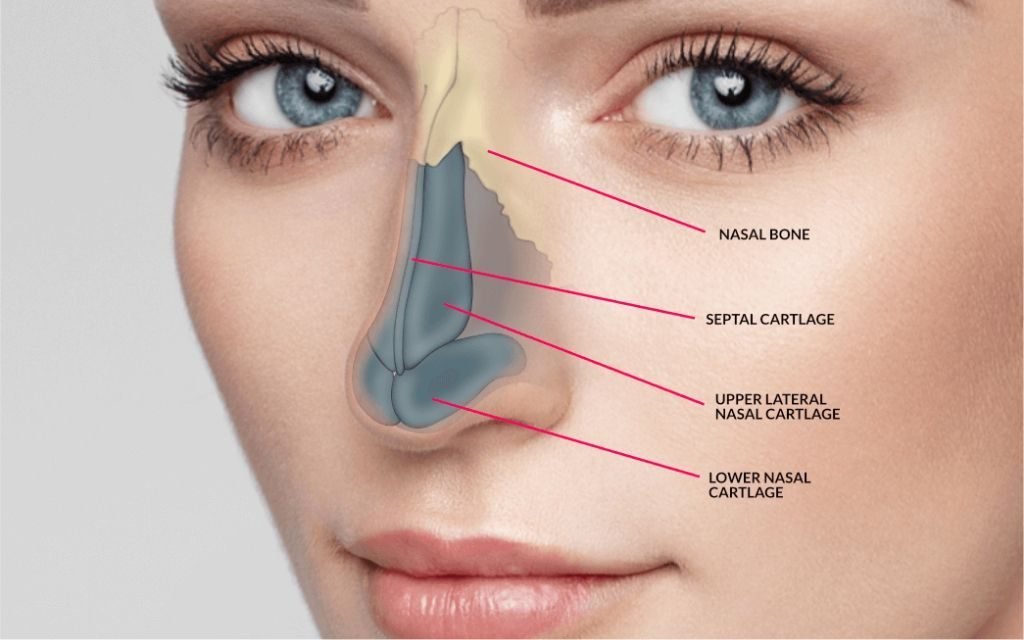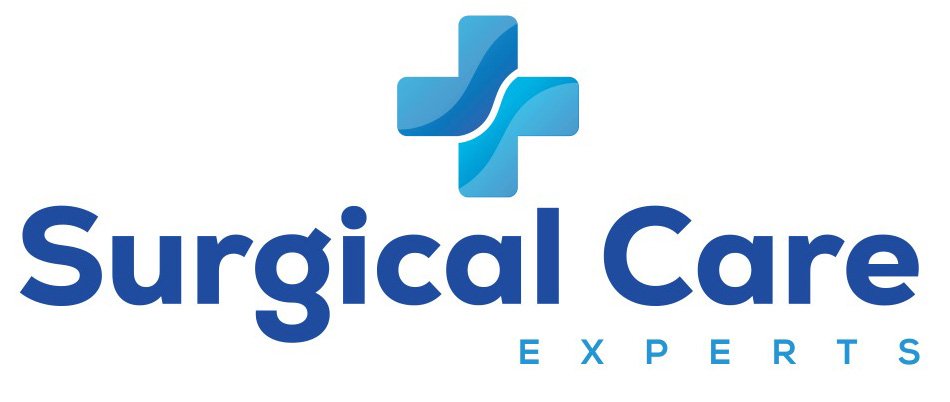About Us
Rhinoplasty: Refining Your Facial Harmony
Rhinoplasty can address various aesthetic concerns, including:
- Nose size (large, wide, or prominent)
- Nose shape (bump, hook, droop, or asymmetry)
- Nostril size or flaring
- Nostrils misalignment
- Deviated septum (improving breathing in some cases)

Diagnosis: Creating a Personalized Plan
Our experienced facial plastic surgeons will conduct a thorough evaluation to determine the best approach for your rhinoplasty. This may involve:
- Reviewing your medical history and aesthetic goals
- Performing a physical examination of your nose
- Discussing your desired outcome and expectations
- Analyzing your facial features to ensure a natural-looking result
Advantages of Choosing Surgical Care Experts:
- End-to-End Care: We manage everything from consultations to surgery and post-operative care, providing a seamless and supportive experience.
- Highly Skilled Surgeons: Our board-certified facial plastic surgeons have extensive experience performing rhinoplasty with advanced techniques for optimal results.
- Focus on Natural-Looking Results: We prioritize achieving a nose that complements your facial features and enhances your overall appearance.
- Advanced Technology: We utilize sophisticated technology for precise sculpting and minimal scarring.
Computer Imaging: We offer computer imaging to visualize your potential postoperative outcome.
Who Can Benefit from Rhinoplasty?
Ideal candidates for rhinoplasty are generally in good health and have realistic expectations about the outcome. They may seek rhinoplasty to address:
- Cosmetic concerns about the size, shape, or symmetry of their nose
- Breathing difficulties caused by a deviated septum (combined with septoplasty)
When to See a Doctor:
If you’re considering rhinoplasty to improve your appearance or breathing function, consult a board-certified facial plastic surgeon to discuss your goals and determine if it’s the right option for you.
Risk Factors and Complications:
Rhinoplasty is a generally safe procedure, but potential risks include infection, bleeding, and temporary swelling or bruising. Choosing a qualified surgeon and following post-operative instructions carefully minimizes these risks.
Prevention:
While rhinoplasty addresses existing concerns, maintaining a healthy lifestyle and avoiding facial injuries can help preserve your results.
Testimonials:



FAQ's
There are two main approaches: open rhinoplasty (providing wider access) and closed rhinoplasty (incisions hidden within the nose). Your surgeon will recommend the most suitable technique based on your specific needs.
Recovery typically involves wearing a splint for a week and experiencing some swelling and bruising for a few weeks. Pain medication is usually effective in managing discomfort.
Most of the swelling will subside within a few weeks, but it can take up to a year for the final refined shape to fully emerge.
Non-surgical rhinoplasty options like injectable fillers may offer temporary improvements for minor concerns. However, rhinoplasty provides more permanent and comprehensive reshaping of the nose.
In some cases, rhinoplasty can improve breathing function by correcting a deviated septum. However, the primary focus of rhinoplasty is usually aesthetic improvement.
If your concerns about your nose affect your self-confidence or breathing, rhinoplasty can offer a solution. It can significantly improve your appearance and potentially enhance your quality of life.


